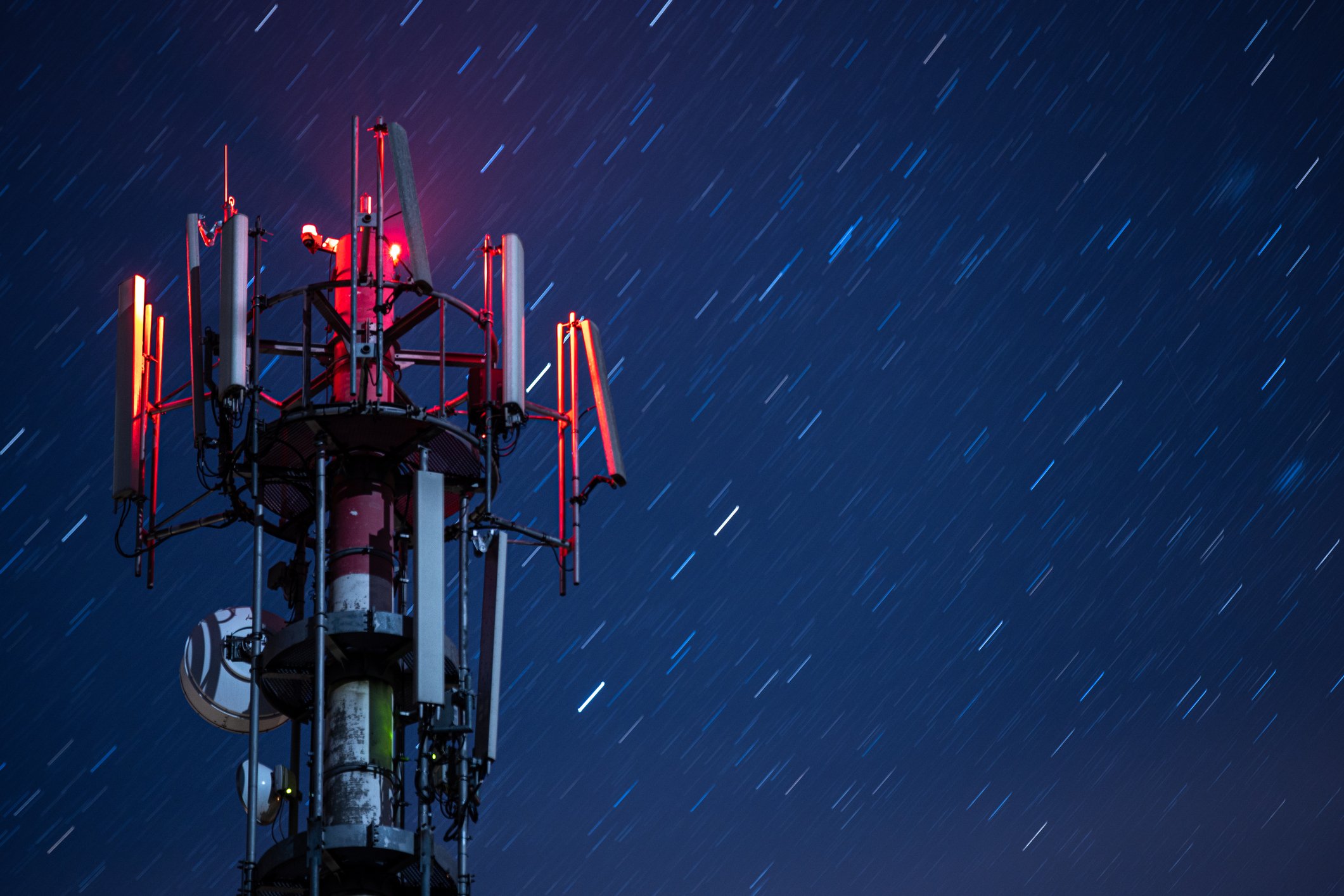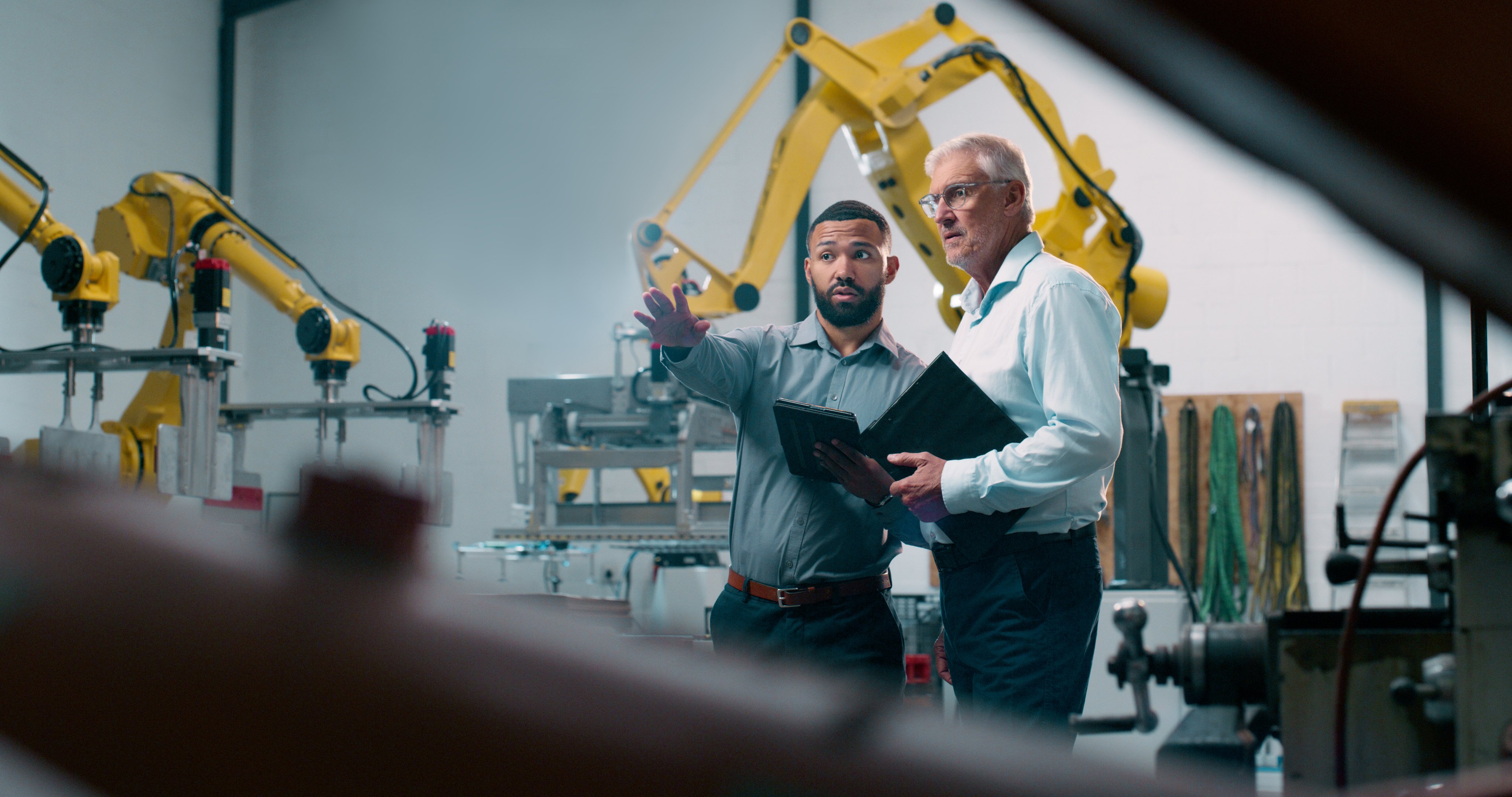
- December 2025 (1)
- November 2025 (2)
- October 2025 (3)
- September 2025 (3)
- August 2025 (3)
- July 2025 (2)
- June 2025 (3)
- May 2025 (3)
- April 2025 (3)
- March 2025 (2)
- February 2025 (1)
- December 2024 (2)
- November 2024 (1)
- August 2024 (2)
- June 2024 (3)
- May 2024 (3)
- April 2024 (1)
- March 2024 (3)
- February 2024 (2)
- January 2024 (2)
- December 2023 (1)
- November 2023 (2)
- October 2023 (2)
- September 2023 (1)
- August 2023 (1)
- July 2023 (2)
- June 2023 (3)
- May 2023 (2)
- March 2023 (4)
- January 2023 (2)
- November 2022 (2)
- September 2022 (1)
- August 2022 (2)
- July 2022 (2)
- June 2022 (1)
- May 2022 (1)
- April 2022 (3)
- March 2022 (1)
- February 2022 (3)
- January 2022 (2)
- December 2021 (1)
- November 2021 (1)
- October 2021 (2)
- September 2021 (3)
- August 2021 (1)
- July 2021 (3)
- May 2021 (2)
- April 2021 (2)
- March 2021 (2)
- February 2021 (3)
- January 2021 (3)
- December 2020 (1)
- October 2020 (1)
- August 2020 (1)
- August 2019 (1)
- January 2019 (2)
- September 2018 (5)
- June 2018 (1)
- November 2017 (1)
- September 2017 (1)
- July 2017 (1)
- May 2017 (1)
- January 2017 (1)
- October 2016 (2)
- August 2016 (1)
- July 2016 (1)
- June 2016 (1)
Subscribe by email
The Internet of things (IoT) is improving the safety and efficiency of both public and private transport, benefitting municipalities and businesses operating in the transportation industry. The market growth projections for IoT in transportation are astounding, though not surprising, given the high demand across all segments of the industry. From a starting point of nearly $174 million in 2020, the global market is expected to grow to $270 million in just five years. Here’s how businesses are using IoT to revolutionize the transportation industry, and where we see opportunities for future growth potential.
How is IoT Transforming Transportation?
Nearly every segment of the transportation industry is leveraging the benefits of the rich data analytic output from IoT. When you look at air, railway, road, and marine transportation, there is high demand for IoT used in a multitude of applications. Public transportation is benefiting greatly from the advancements IoT offers as well as private industry.
Has your car alerted you when you need an oil change? We can thank IoT for real-time condition monitoring, notifying us of routine maintenance needs as well as mechanical failures. Have you been to an airport or large parking lot and seen real-time signage announcing what floor has open spaces, or where to go to find a space? IoT is powering smart parking innovations, improving efficiency and the customer experience.
Some other advancements in IoT for transportation include predictive maintenance, improving fuel efficiency for all transportation machinery, connectivity, 24/7 monitoring, and even location tracking. It’s not just cars, trucks, and buses that leverage IoT — trains, ships, and planes do as well.
Benefits of IoT in Transportation
When you think about all that IoT enables, it’s no surprise that it delivers a wide variety of benefits, including the following:
- Greater Safety —Monitoring conditions, temperatures, speeds, and the number of vehicles improves safety.
- A Better Customer Experience — Customers can more efficiently plan routes and identify parking availability.
- Operational Efficiency — Municipalities and businesses can more effectively monitor and maintain infrastructure, develop more efficient processes, reduce operating costs, and improve capacity.
- Reduce Environmental Impact — Reducing energy usage and traffic congestion help to alleviate environmental impact.
Examples of IoT in Transportation
IoT is being used in innovative ways across all segments of the transportation industry. Here are some of our favorite customer examples.
- Traffic Monitoring — GRIDSMART, a Zipit customer, creates connected traffic management solutions to help municipalities make roads safer while reducing congestion. They use our connectivity management platform to simplify carrier integrations and SIM activations while mitigating cellular overages.
- Fleet Monitoring — PursuitAlert provides safety notifications and fleet monitoring for law enforcement agencies. They leverage Zipit’s IoT device management and connectivity technologies for a cellular network connection, enabling reliable and essential communication.
- Consumer Wi-Fi Hotspots — Magnadyne offers RV Link Wi-Fi hotspots for RVs. They use the Zipit billing platform to enable subscriptions to this service.
- Industrial Wi-Fi Hotspots — Allerio provides in-vehicle connectivity for first responders using Zipit’s platform for multi-carrier support.
- Smart Parking — Cleverciti takes smart parking solutions to a new level with Zipit, reducing search traffic and vehicle emissions to provide increased convenience and a healthier city environment. Learn more about IoT Smart City Technology.
Many other companies are doing interesting things in this space. G.E. Transportation (now part of Wabtec Corporation) is innovating our railways, leveraging the power of IoT for connectivity, real-time condition monitoring, and predictive analytics for railroads. The Miami airport is empowered by IoT, helping travelers get directions, flight updates, and even scan their boarding passes. We’ll continue to see more companies and municipalities leveraging the power of IoT to make transportation safer, easier, and more efficient.
The Future of IoT in Transportation
It’s exciting to think about where the transportation industry will go from here, empowered by the capabilities and opportunities available with IoT. Here are some of what we consider the most interesting technological advancements in the making:
- New Products Solving Problems — As improvements are made to data availability, management, and analytics, new products will be developed to harness this data to solve some of the most challenging problems in both public and private transportation.
- Greater Visibility — As real-time data becomes easier to access and analyze, municipalities and companies will gain greater visibility into operations, allowing them to optimize.
- Autonomous Vehicles — While autonomous vehicles have a ways to go, IoT technology will be used to improve their sensing of the environment, enabling unassisted driving.
- V2V (vehicle-to-vehicle communication) — Vehicles will be using IoT to communicate with each other. For example, IoT can help to determine right-of-way automatically.
- V2X (vehicle-to-infrastructure communication) — With IoT, vehicles will be able to identify open parking opportunities, and traffic lights can be set to sense when first responders are approaching and change accordingly.
- Improved Personalization — Commuters will be able to use IoT to optimize travel on roadways and via public transportation systems.
The opportunities for IoT in transportation are limitless, and we’re honored to be part of the advancements and improvements being created through IoT.
How Zipit Helps Transportation Companies Stay Connected with IoT
Zipit works to support manufacturers of IoT transportation solutions in the most streamlined manner possible on premier networks. We offer tier-one carrier connectivity all over the world from the top cellular providers. Transportation companies looking for an advantage using IoT are leveraging Zipit’s intuitive and sophisticated multi-carrier platform for billing, managing their device connections, and more.
Want to know more about Zipit’s robust yet intuitive IoT platform to connect and monetize IoT solutions for the transportation industry? Contact us to discuss your company's unique needs. We’re happy to offer insights based on our extensive experience.
You might also like:
Related Content
The latest IoT insights and platform updates from Zipit.
As billions of connected devices continue to shape modern life, IoT manufacturers ...
The Internet of Things (IoT) is transforming how businesses operate, compete, and ...
IoT asset tracking unlocks real-time awareness, predictive power, and operational ...


